cjac9
TPF Noob!
- Joined
- Oct 7, 2007
- Messages
- 1
- Reaction score
- 0
- Location
- Austin, TX
- Can others edit my Photos
- Photos NOT OK to edit
I just aquired my mom's old Pentax MG and Pentax AF160 hot shoe flash. The flash doesn't work I just found out because the batteries we're left in it and corroded. A friend let me borrow his hot shoe flash to take some indoor pictures so I wouldn't end up with a yellow tint to all of the pictures. I don't know what kind of flash it was but it was bigger than my little Pentax. It made taking pictures very awkward. Can you recommend a small hot shoe flash and a filter that i can use inside so I won't even need a flash in those situations.


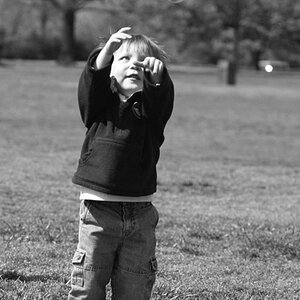
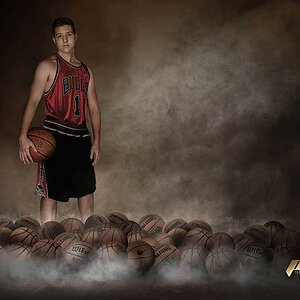
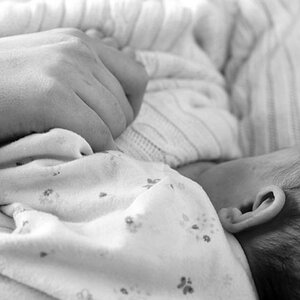
![[No title]](/data/xfmg/thumbnail/32/32707-3c49d54a87afb53e65c60391858400be.jpg?1619735611)
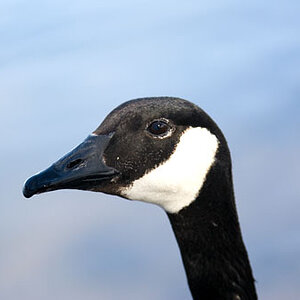
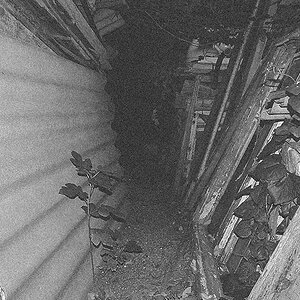
![[No title]](/data/xfmg/thumbnail/37/37623-b930ccd802f79b9c9cea990a7a5e5462.jpg?1619738153)



![[No title]](/data/xfmg/thumbnail/33/33450-b94d8a06a911e01c39df688c57b4745e.jpg?1619735974)
![[No title]](/data/xfmg/thumbnail/32/32706-50b778fbc110c8ea4472547d54c6a923.jpg?1619735610)